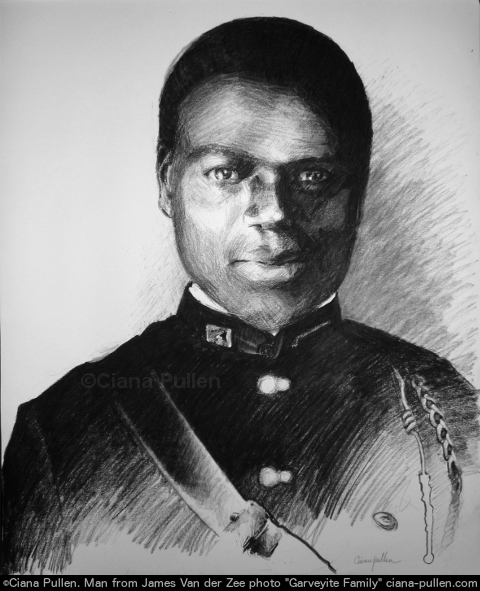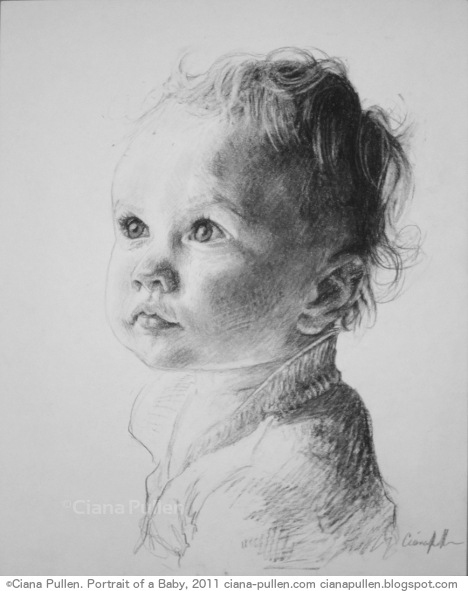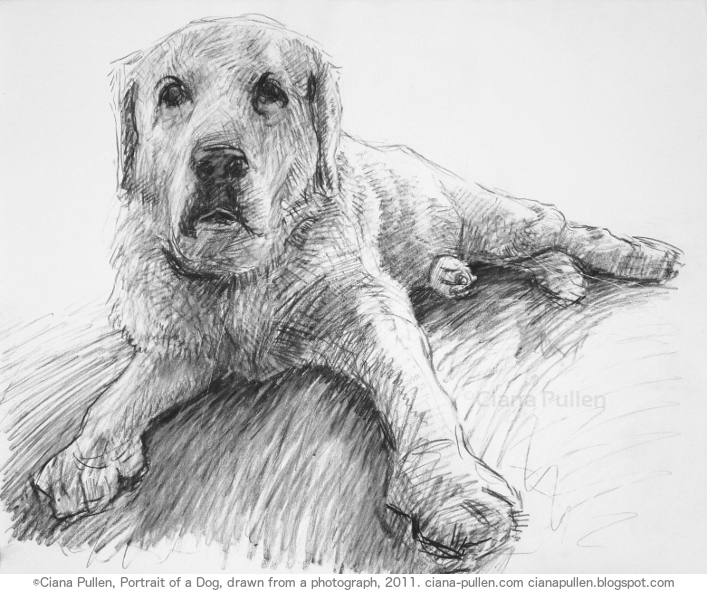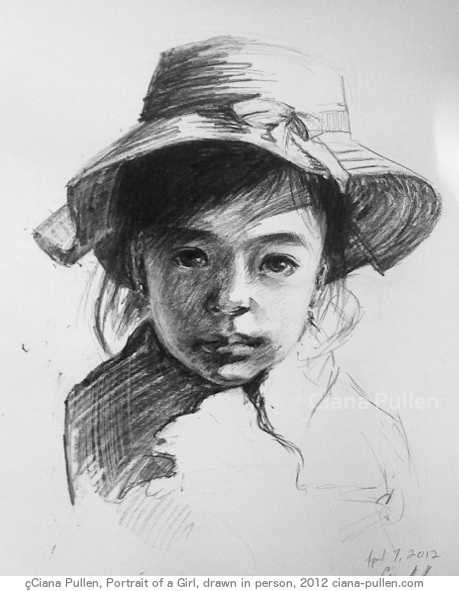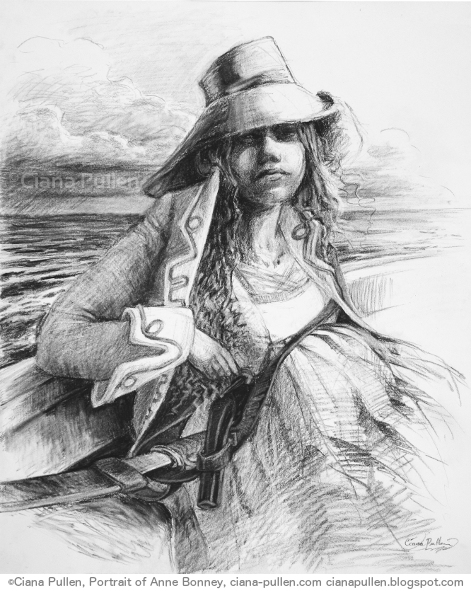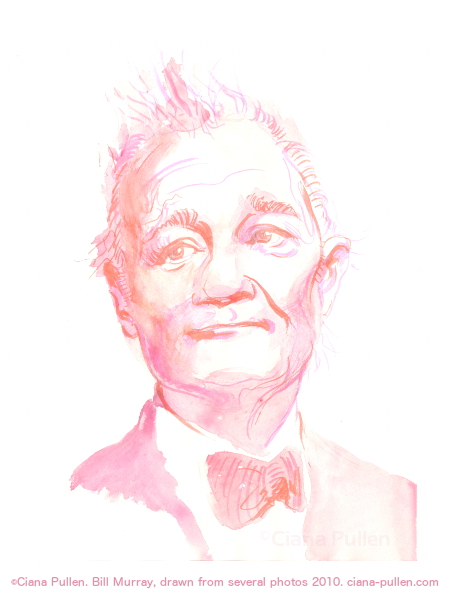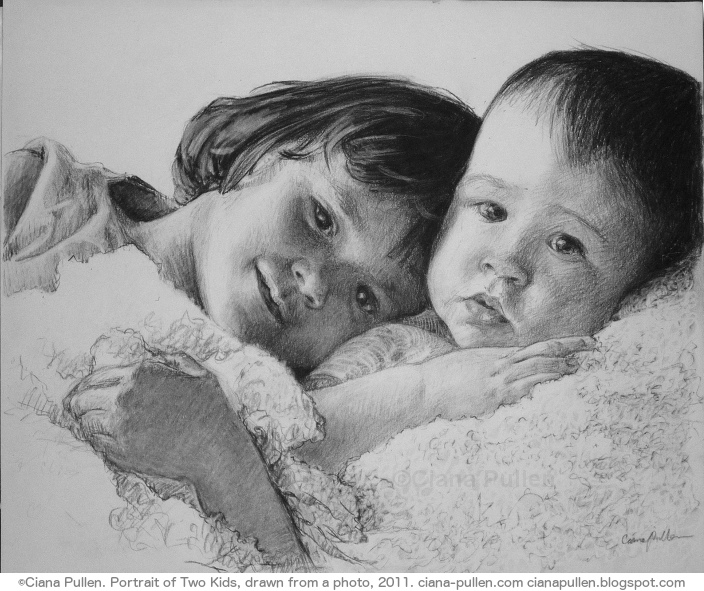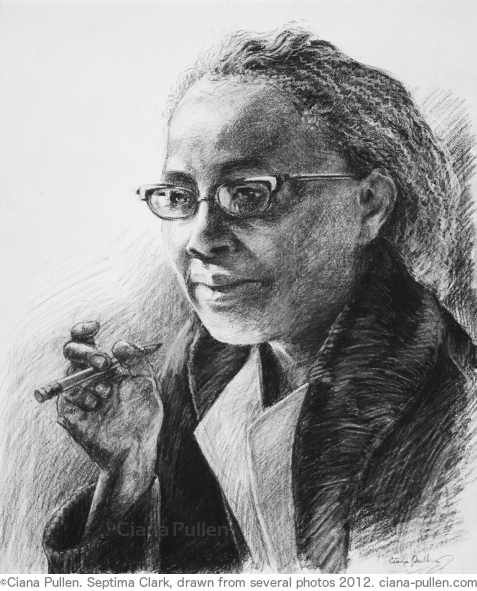Paintings & Drawings
. © Ciana Pullen 2012 Denmark Vesey, Drawing from 2012 by Ciana Pullen; Dimensions: 16 inches × 20 inches × 0 inch; Materials: Charcoal on Paper; Description: When I ran across Denmark Vessey in local Charleston history, I had a chance to really delve into researching this relatively little-known figure of staggering historical importance. Sold as a teen to a Caribbean slave trader, he was taken on as an informal apprentice and friend. He learned to read and write and navigate at sea. When his owner settled in Charleston, Vessey happened to win a street lottery and used it to purchase his own freedom. Just as the nation's first Black congregations were forming in the North, Vessey helped to found one of the earliest Black churches in the South, in open resistance to White Protestant authority. He became the most notorious figure in the US when, in 1821, he was put on trial for orchestrating what would have been the largest slave uprising in US history. Had three slaves not informed authorities just days before the uprising was planned, an estimated 10,000 slaves and Black people would allegedly have marched through Charleston, killing White people and setting fire to the city, before sailing to freedom in Haiti, which had recently caught the world's attention when a slave rebellion successfully demolished white colonial rule. Driven by fear of a spreading spirit of global slave revolt, Charleston authorites kept all aspects of the trial secret, erasing as all images and legacy of Vessey. His church was closed, but re-opened and still exists today. Tragically, Emanuel AME church made headlines again in 2014 when it was targeted by a white supremacist who murdered 6 congregants during a service on the aniversary of Vessey's would-be uprising. His trial and execution forever changed the course of slavery legislation and free Black society. Since no images of Vessey remain, this portrait is how I imagine he may have looked. For the full story of this fascinating man and a snapshot of a bizarre time in Charlestonian society, please read the full essay I've written [here](http://cianapullen.blogspot.de/2014/02/denmark-vesey-born-telemaque.html?utm_source=BP_featured). © Ciana Pullen 2012](/img/portraiture/Ciana_Pullen-Denmark_Vesey-2012-SAMPLE.JPG)
When I ran across Denmark Vessey in local Charleston history, I had a chance to really delve into researching this relatively little-known figure of staggering historical importance. Sold as a teen to a Caribbean slave trader, he was taken on as an informal apprentice and friend. He learned to read and write and navigate at sea. When his owner settled in Charleston, Vessey happened to win a street lottery and used it to purchase his own freedom. Just as the nation’s first Black congregations were forming in the North, Vessey helped to found one of the earliest Black churches in the South, in open resistance to White Protestant authority. He became the most notorious figure in the US when, in 1821, he was put on trial for orchestrating what would have been the largest slave uprising in US history. Had three slaves not informed authorities just days before the uprising was planned, an estimated 10,000 slaves and Black people would allegedly have marched through Charleston, killing White people and setting fire to the city, before sailing to freedom in Haiti, which had recently caught the world’s attention when a slave rebellion successfully demolished white colonial rule. Driven by fear of a spreading spirit of global slave revolt, Charleston authorites kept all aspects of the trial secret, erasing as all images and legacy of Vessey. His church was closed, but re-opened and still exists today. Tragically, Emanuel AME church made headlines again in 2014 when it was targeted by a white supremacist who murdered 6 congregants during a service on the aniversary of Vessey’s would-be uprising. His trial and execution forever changed the course of slavery legislation and free Black society. Since no images of Vessey remain, this portrait is how I imagine he may have looked. For the full story of this fascinating man and a snapshot of a bizarre time in Charlestonian society, please read the full essay I’ve written here.
Ciana Pullen 2012
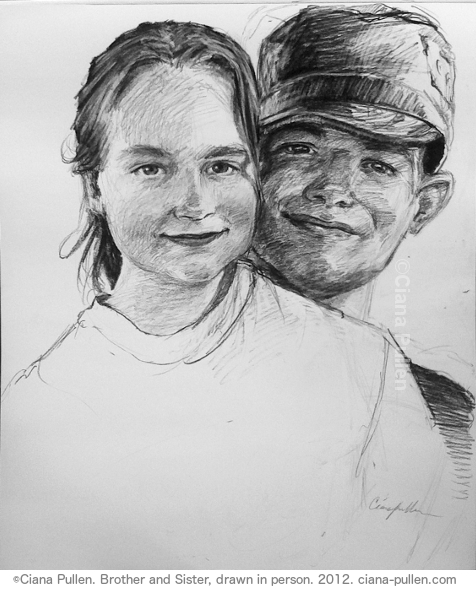

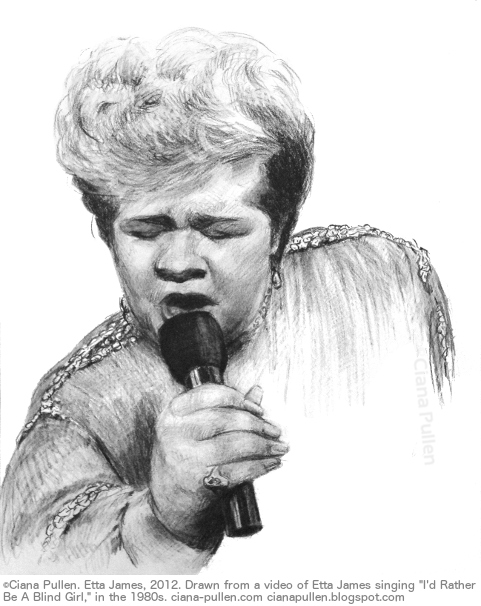
![Fran Lebowitz, Drawing from 2011 by Ciana Pullen; Dimensions: 16 inches × 20 inches × 0 inch; Materials: Charcoal on Paper; Description: 'I wouldn’t say that I dislike the young. I’m simply not a fan of naïveté. I mean, unless you have an erotic interest in them, what other interest could you have? [...] I always liked people who are older. Of course, every year it gets harder to find them.' -Fran Lebowitz © Ciana Pullen 2011 Fran Lebowitz, Drawing from 2011 by Ciana Pullen; Dimensions: 16 inches × 20 inches × 0 inch; Materials: Charcoal on Paper; Description: 'I wouldn’t say that I dislike the young. I’m simply not a fan of naïveté. I mean, unless you have an erotic interest in them, what other interest could you have? [...] I always liked people who are older. Of course, every year it gets harder to find them.' -Fran Lebowitz © Ciana Pullen 2011](/img/portraiture/Ciana_Pullen-Fran_Lebowitz-2011-SAMPLE.JPG)
